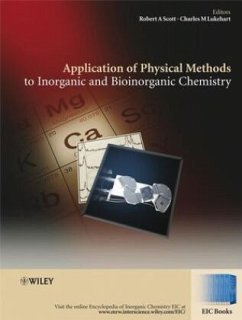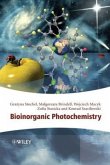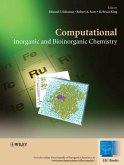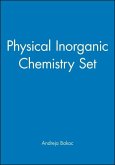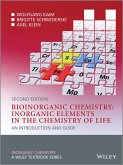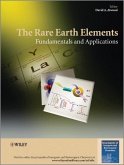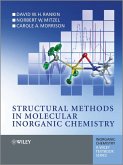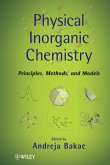All areas of (bio-) inorganic chemistry depend on a variety of physical methods and instruments to characterize molecules and materials and their reactions. It is difficult, however, for newcomers to the field, and even experts in allied fields, to establish the utility of a given physical method for the characterization of their particular system.
This book provides a practical introduction to a comprehensive set of physical methods that have been applied to (bio-)inorganic systems, with an emphasis on answering questions such as, "what kind of information would this method provide?" or "what type of sample can be examined?" and, more importantly, "what information will not be available if I employ this method (i.e, what are its limitations)? The book provides a quick reference guide (like the "Quick Start" manuals that often come with computers and peripherals) that non-experts can consult to select physical methods appropriate for the characterization of a given materials.
Each method is introduced by a Methods Summary. These summaries are structured consistently to quickly answer practical questions about what information is, and is not, available using each technique, and what kinds of materials can be probed. Thus, at a glance, a non-expert can identify potentially useful methods, and then concentrate on those chapters to determine which methods will be most useful for solving their problem with specific examples of how that method is utilized. Researchers will also find sufficient information to determine if collaboration with others is the best course of action.
This book provides a practical introduction to a comprehensive set of physical methods that have been applied to (bio-)inorganic systems, with an emphasis on answering questions such as, "what kind of information would this method provide?" or "what type of sample can be examined?" and, more importantly, "what information will not be available if I employ this method (i.e, what are its limitations)? The book provides a quick reference guide (like the "Quick Start" manuals that often come with computers and peripherals) that non-experts can consult to select physical methods appropriate for the characterization of a given materials.
Each method is introduced by a Methods Summary. These summaries are structured consistently to quickly answer practical questions about what information is, and is not, available using each technique, and what kinds of materials can be probed. Thus, at a glance, a non-expert can identify potentially useful methods, and then concentrate on those chapters to determine which methods will be most useful for solving their problem with specific examples of how that method is utilized. Researchers will also find sufficient information to determine if collaboration with others is the best course of action.

